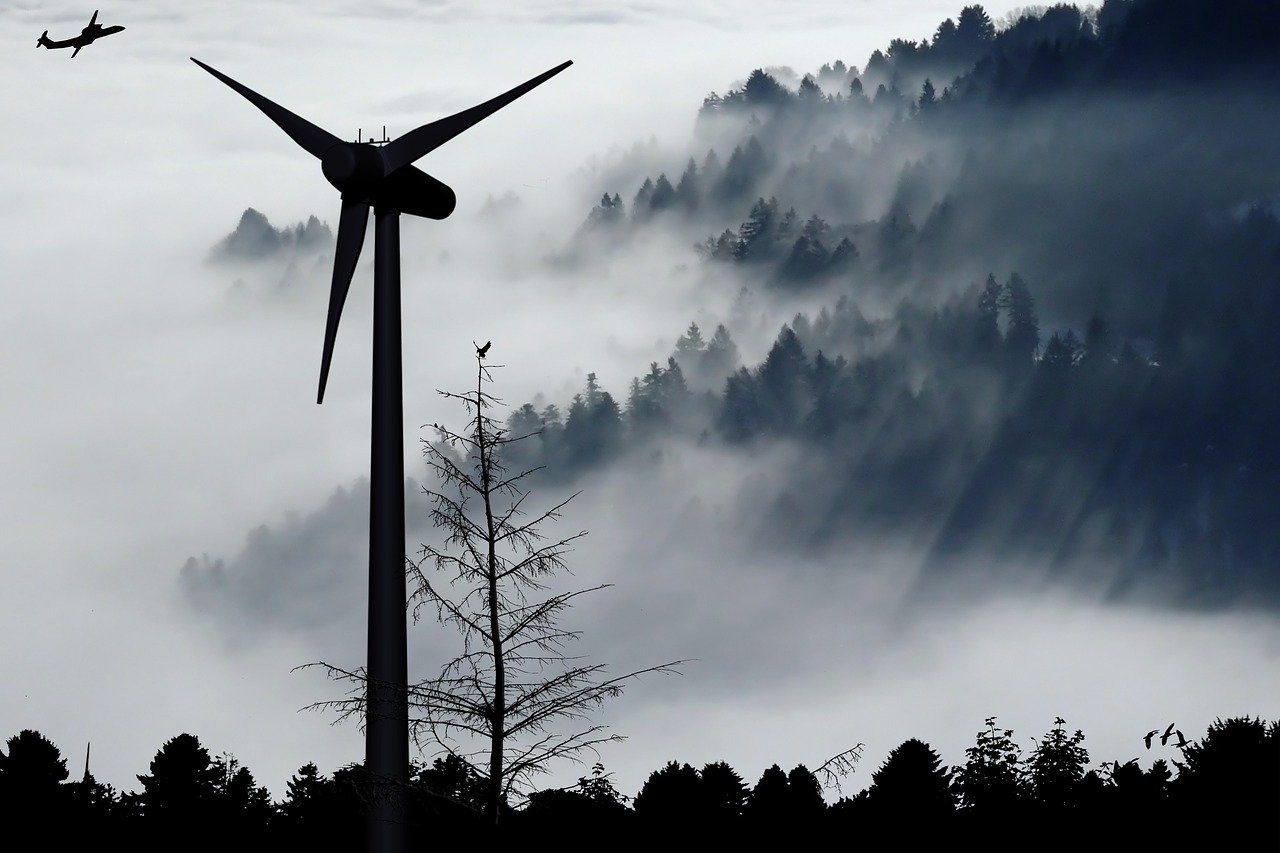
About
Climate Friendly Travel
Resources
Contact
Geoffrey Lipman, SUNx Co-founder info@thesunprogram.com
+32495250789
Featured interview by writer Mark Bibby Jackson for eXist - our monthly bulletin about Climate Friendly Travel
Hans Friederich is the man behind the Climate Friendly Travel Registry. In this interviewabout he tells us how he became involved with SUNx Malta, bamboo, caving and, naturally, the Registry.
Hans Friederich (HF): For many years, I worked for the International Union for Conservation of Nature (IUCN), and Maurice was a strong supporter of IUCN. I met Geoffrey Lipman for the first time at IUCN Headquarters in Switzerland in 2009, when I was in charge of the arrangements for a high-profile conference to celebrate the 80th birthday of Maurice Strong, and he was one of the invited guests. Geoffrey and I kept in touch, and when I moved to Malta in 2019, Geoffrey asked me if I wanted to take responsibility for the Registry. As a result, I am now the Registrar.
HF: It is actually a very simple process. We ask tourism companies and communities to agree with the principles of Climate Friendly Travel (CFT), and sign off that they will take serious action to reduce their carbon emission. Then they get a year when we work with them to help calculate their current carbon emissions as a baseline, and the expected year of maximum emissions. Finally, we ask that they set ambitions for 2030, 2040 and 2050. We hope that they will try to get as close to zero Greenhouse Gas emissions by 2050 as possible, because science tells us that aiming for net-zero by 2050 is not enough.
We know that Emission Reduction can be complicated so we will provide support to work out these figures through a group of climate friendly travel champions – young activists who have been trained in the principles of CFT. They will help to find tools, best practice examples and other internet-based assistance, and they have access to a list of consultants who can provide paid technical advisory services. We also have a growing community of partner organisations, some of which are specifically working with us to provide assistance with the Registry.
HF: The CFT Registry is a recognised way for stakeholders to contribute to the global Paris Agreement, as we provide a formal entry point to the UN Global Climate Action Portal. This is particularly helpful for small travel and tourism companies to engage.
HF: We hear a lot about declarations and statements of intent, but we don’t know what that really means. The CFT registry requires you to disclose your current carbon emissions and your plans for reduction of your carbon footprint. Once you make that commitment, we can all see what the plans are, we can track progress, and importantly, we can provide support. It is the most transparent and unbiased way of showing real climate action.

HF: They can take action to reduce their direct emissions, and we have great examples on the Registry. For example, we work with a hotel that does not use plastic, a hotel that is energy-positive, a hotel that recycles waste from the surrounding community, and lodges that help with nature conservation.
It is more difficult to deal with indirect emissions from suppliers and customers, but with a bit of imagination action can be taken to reduce these emissions as well. We are discussing changes in the fuel composition of the ships in a small cruise line company and in some regions, there are already options to use fast speed trains instead of planes for short trips.
In the longer run, we hope that our actions will contribute to the pressure on the aviation and fossil fuel industry to accelerate the development of carbon-free air and road travel, and that will enable our registered companies to reduce their footprint even more.
HF: In 2013 I was recruited as the Director-General of the International Bamboo and Rattan Organisation (INBAR) and the Head of the INBAR Secretariat with Headquarters in Beijing, China. INBAR is a treaty-based International Inter-Government Organisation, and observer to the United Nations General Assembly in New York.
When I left INBAR in 2019, we had nearly 50 Member States from Africa, Asia/Pacific and Latin America/Caribbean and Canada, and Regional Offices in Cameroon, Ecuador, Ethiopia, Ghana and India. A good part of my job was to give presentations at international events, and negotiate partnerships with the relevant organisations in the Member States. I therefore had to become an expert in a short time.
Bamboo is a family of some 1650 giant grasses, and they can be used as tools to support a large number of the Sustainable Development Goals. They provide food and fodder and a source of income, they can help with erosion control, soil restoration and water management and they provide the habitat for key species like the giant panda in China, the mountain gorillas in Uganda and Rwanda or the golden lemur in Madagascar. Finally, the carbon sequestration potential of a bamboo woodlot typically exceeds that of a comparable tree woodlot. Bamboo poles can be used for construction and interior design, and the fibre can be the raw material for clothing, paper and epoxy-based composites. Boat hulls, railway carriages, car shells and airplane fuselage can be made from bamboo reinforced composites. Bamboos are quite an amazing group of plants.

HF: I studied geography, and was always interested in hydrology, but I was born in the Netherlands, and the highest point of the country is only 170 metres above sea level. I therefore went to the Ardennes in Belgium to see what a river valley with limestone cliffs looks like, and I found out that some of the rivers there disappear underground. That made me want to know more, and I moved to Bristol in the UK to do a PhD in karst hydro-chemistry. This was based on research in GB Cave in the Mendip Hills and I spent hours underground measuring water flow and taking samples for laboratory analysis.
I was very lucky that in the context of my studies, I was invited to join the Royal Geographical Society (RGS) expedition to the Gunung Mulu area in Sarawak, Malaysia and I can now call myself a Fellow of the RGS. During my explorations in the limestone mountains of what is now Gunung Mulu National Park, I discovered the entrance to what is still considered the largest underground chamber in the world. It gives quite a kick to walk in a cave passage and to know that you are the first human who has ever set foot in this particular cave.
HF: Travel abroad again without too much trouble.